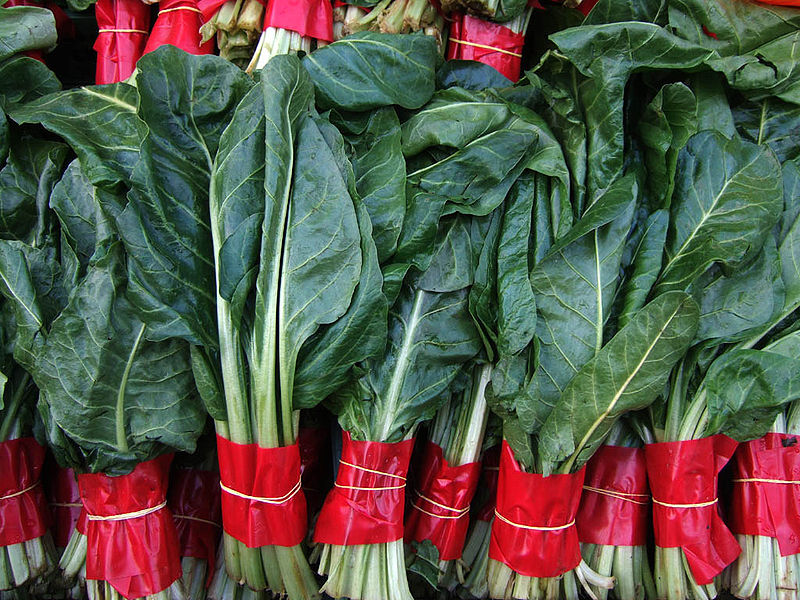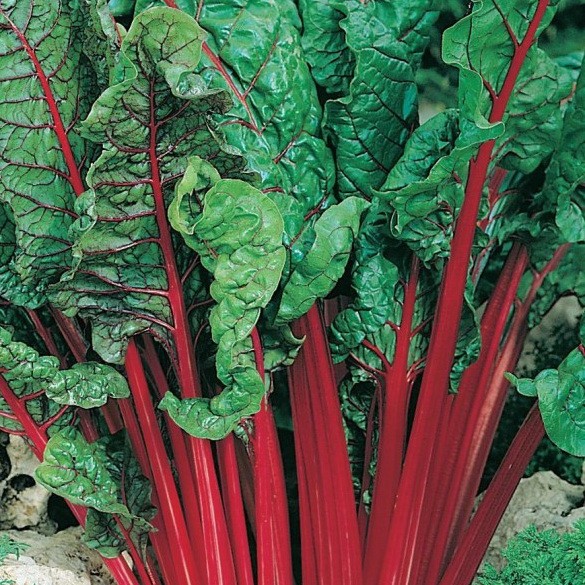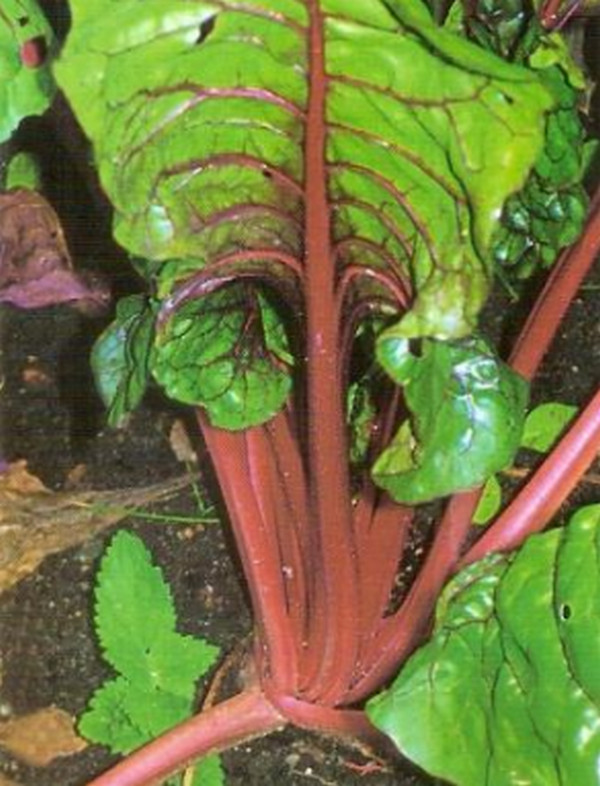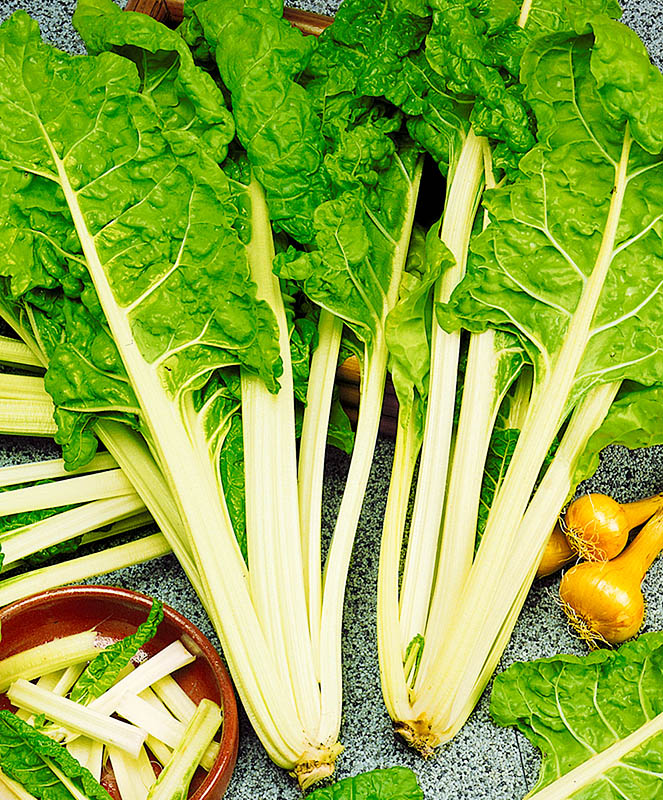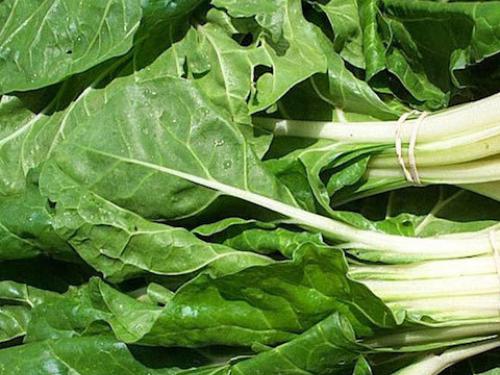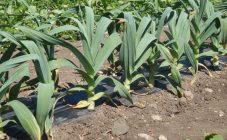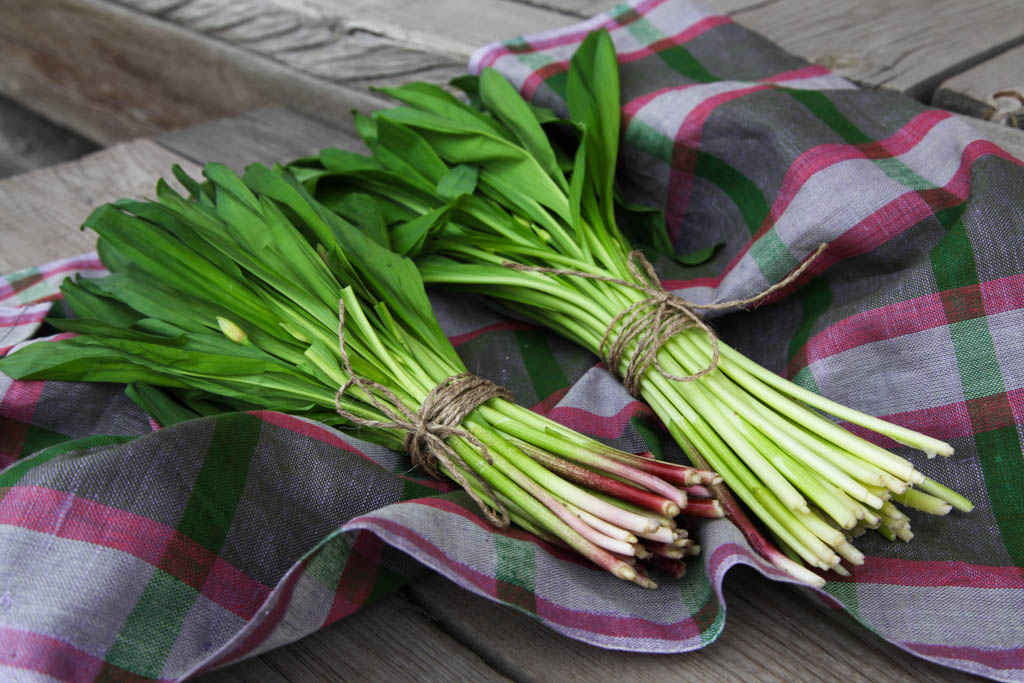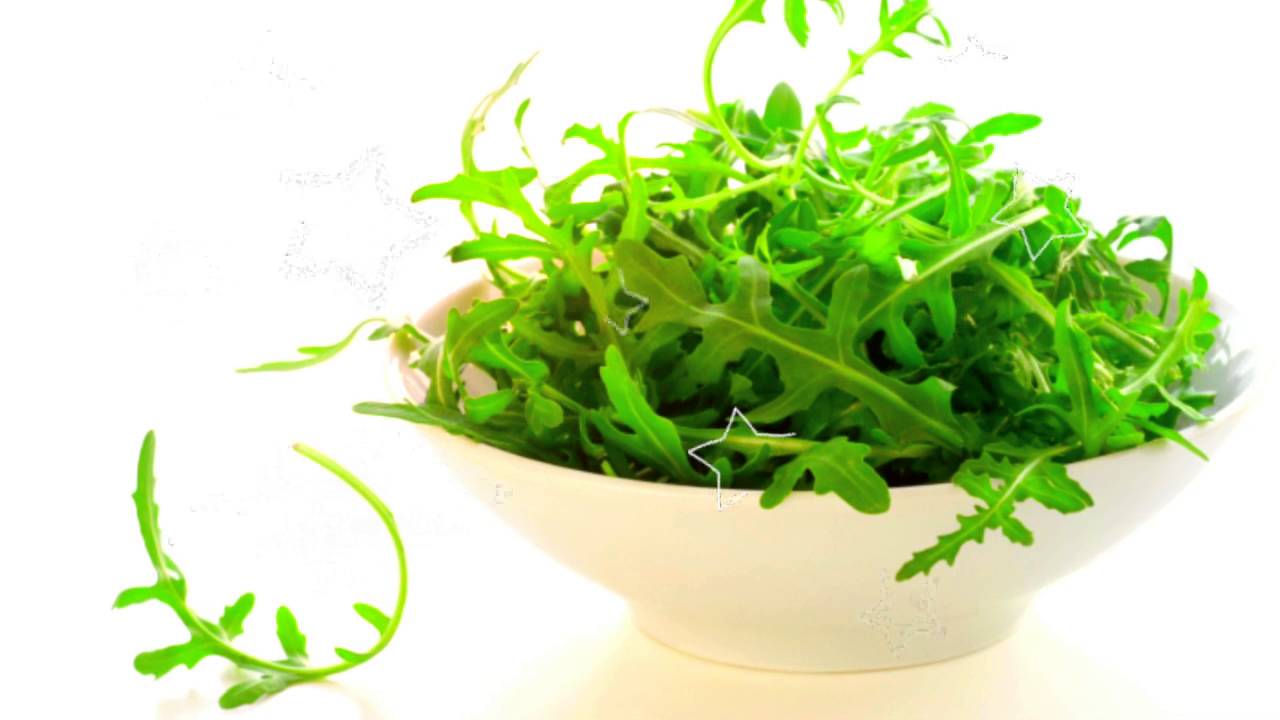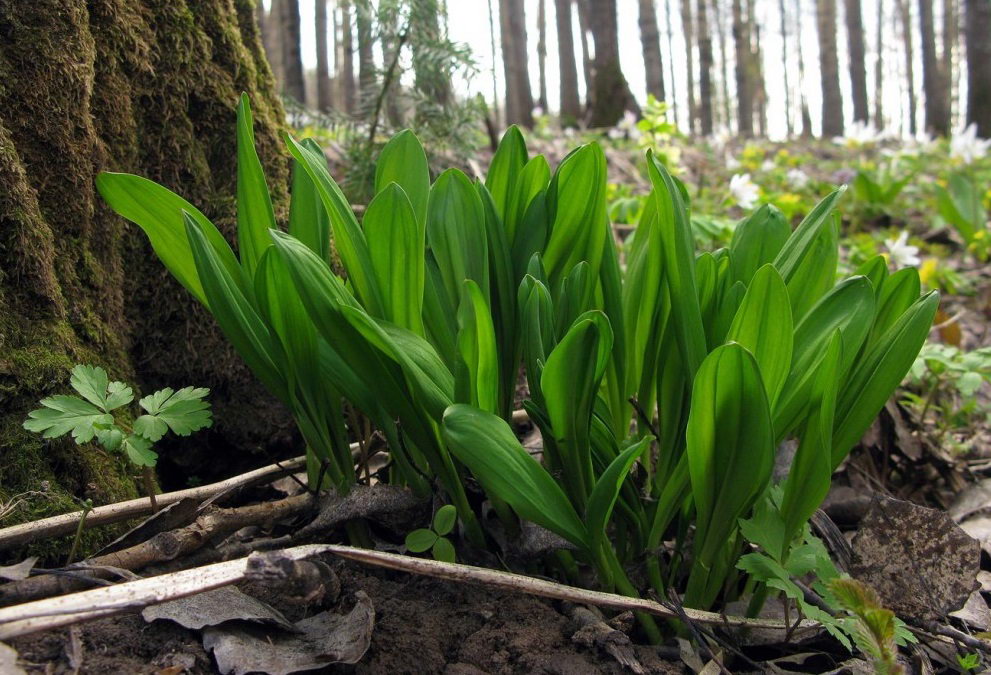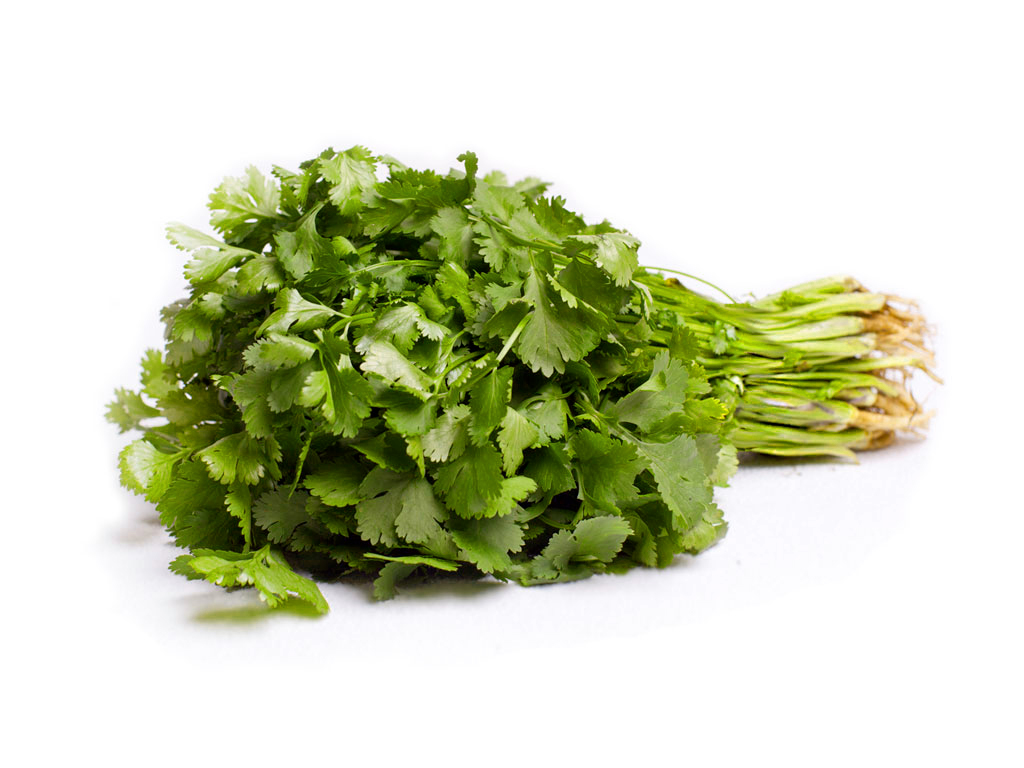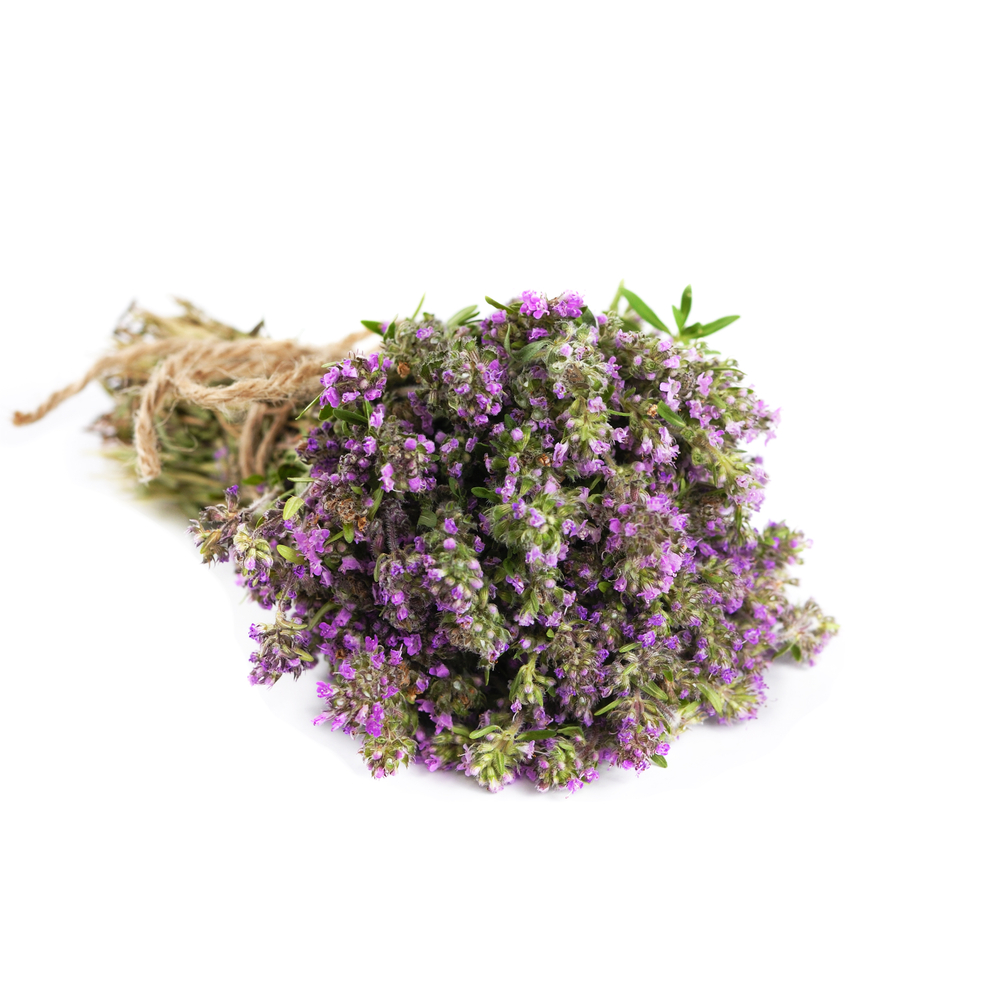Content:
In the process of planning plantings on his personal plot, each gardener is interested in making it not only beautiful, but also diverse. For those who are trying to find an answer to the question of what interesting and useful culture can be grown without much hassle, we strongly recommend that you pay attention to Swiss chard. To learn more about the chard plant and what it is, many may find it interesting.
Description of culture
The birthplace of chard salad is the Mediterranean. In our country today, this amazing vegetable is not yet very common, and completely undeservedly. Perhaps someone, having learned about chard and how to grow it, wants to plant a delicious salad in their beds. The culture is a real storehouse of nutrients, minerals and vitamins.
Chard as a horticultural crop is a biennial plant that many consider to be a variety of the popular vegetable like beets. The history of Swiss chard beet dates back more than three decades. In the days of Ancient Rome, almost no meal was complete without scarlet chard. He was an integral part of a huge variety of dishes.
Nowadays, the beneficial properties of a vegetable are known to many. But mango ice is popular not only as a vegetable crop, but also as an ornamental plant. Due to its bright ground part, Swiss chard or red chard is often used for planting in flower beds. Depending on the variety, the color of the plant can be green, red, yellow and even silvery.
As a horticultural vegetable, chard is grown primarily for its petioles and leaves. It is the leaf of this plant that contains the bulk of nutrients. Chard exists in two main varieties:
- petiolate;
- sheet.
The first one is characterized by thickened and wide petioles, which are used in much the same way as asparagus - they are steamed, deep-fried, taken to prepare various dishes.
The second type is leafy, it is distinguished by especially juicy and healthy leaves, which can be used in the same way as cabbage, for example, for making stuffed cabbage and vitamin salads. The famous English chef Jamie Oliver has many interesting recipes using Swiss chard.
Varieties
There are several varieties of chard that are in high demand among gardeners.
Scarlet
To plant a variety of chard Scarlet means that within a maximum of 40 days after the emergence of shoots, to collect the first harvest of a useful crop. The final harvest is completed on average after three months. The height of the culture can reach more than half a meter. The leaves are quite large, very spreading and have interesting green leaves with a purple tint. The length of the petioles of a rich crimson color can be up to 30 cm. The yield of the Alyi medium variety - from one square meter of planting, you can get from 3 to 5.5 kg. If, for planting, not a garden, but a greenhouse will be used, it is easy to achieve an indicator of 10 kilograms from a similar area.
Beauty
The Krasavitsa variety is a fairly compact plant with a vertical rosette and large dark green leaves. The length of the petioles reaches 40 centimeters. They are red (closer to the shade of ruby) in color and are very juicy. On average, a little less than a kilogram of petioles is harvested from one plant per season. Maturation is 2 months from the moment the first shoots appear.
Emerald
Emerald is another very compact type of chard. Its height barely reaches 45 centimeters, the rosette of leaves is vertical. The grass of the variety is light green, leaves are medium in size. The length of the green roots is up to 30 centimeters. They can be collected from one plant specimen about a kilogram.
Green
Usually the Green variety is sown before winter comes (the so-called subwinter sowing). The period between germination and harvesting of fruits varies from 3.5 to 4 months, depending on the growing region. The leaves of the plant are green and glossy, with a semi-vertical rosette, can grow up to 60 centimeters. The length of the petioles is 25 centimeters. On average, up to a kilogram of petioles are harvested from one bush.
Sowing with seeds
Having learned what it is about Swiss chard, it's time to get acquainted with how to grow it properly from seeds.
Since this is a fairly cold-hardy crop, early spring is a good time to start planting. Seed shoots can appear at temperatures above + 5C, and the first seedlings begin to hatch within a couple of weeks after planting.
To improve germination, it is strongly recommended to pre-soak the planting material in water and put it in a cool place for a day, for example, on a windowsill. Within a day, the seeds will hatch, and they can be safely planted in a permanent place of growth.
For planting, the seed is placed in pre-prepared grooves, the depth of which should be at least three centimeters. For petiole varieties, the distance between the grooves should be at least 35 centimeters, and for leaf varieties, the next row can be placed after 30 centimeters. The seed must be sown at a distance of 2-4 centimeters from one another. After that, as the plant grows, it will take several times to thin out. Weak shoots are subject to removal. With the latter, thinning between petiolate species should be 40 centimeters, and between leafy species - 30.
Those gardeners who know perfectly well what chard beets are, perfectly understand that thickening should not be allowed under any circumstances. This approach to chard cultivation and care will inevitably lead to defective foliage growth and an increased risk of developing fungal diseases.
Newly planted seeds can withstand slight frosts without any problems. But if the temperature indicator decreases for a long period of time, the seeds are damaged and development slows down. In addition, plants that are frozen when planting, instead of growing foliage, are more likely to shoot a flowering arrow and set seeds too early. Accordingly, the yield indicator will decrease and quite significantly.
It will not be superfluous to install arcs over the garden bed and cover them with polyethylene, which should be carefully filled so that there are no cracks. You can remove the shelter after the average temperature is at least + 15C.
Having figured out what kind of plant it is with chard and having understood how to plant chard correctly, all that remains is to provide the plant with proper care.
Care
Despite the fact that for the Swiss chard culture, planting and care in the open field is not particularly difficult, certain efforts will need to be made to obtain a crop.
Those who have a summer residence will not need to find a lot of space to plant a culture. Any variety of chard has a high yield. And for an average family, in principle, it will be quite enough to plant no more than 7 bushes. If the cultivation and care with chard is carried out correctly, then in the fall you can get a useful product, the preparation and use of which can decorate almost any recipe.
It is allowed to grow leaf beets on any type of soil. The only contraindication is excessive dryness and compaction of the earth. The soil must be moist and loose. But do not choose a place where water stagnates too much after rains.
The landing site, among other things, should be well lit throughout the day - shade is undesirable even for a short time.
If we talk about the compatibility of chard with other plants, it should be noted that the culture should in no case be planted in the place that was previously occupied by spinach, beets or any cabbage.
In the spring, before planting chard, it is recommended to apply a complex of fertilizers to the ground.
Post-planting care mainly consists of periodically loosening the soil, removing weeds and watering regularly.
As for harvesting, it should start after about a month and a half after the first shoots appear. This should be done regularly, since old leaves become coarse and less succulent, and the petioles in some types of culture become fibrous.
Useful properties and contraindications
The benefits of chard are obvious. It contains a large amount of vitamins of groups A, C, B1, B2, PP and such useful components as iron, phosphorus, calcium and magnesium.
The use of beets has a number of beneficial properties:
- improves vision (due to the presence of zeaxanthin and lutein in the composition);
- cleanses the body (due to the presence of pigments in the petioles, which have an anti-inflammatory and cleansing effect on the human body);
- normalization of blood sugar (due to the presence of lilac acid and a large amount of fiber);
- provides the prevention of anemia (due to the presence of components that improve blood clotting);
- strengthens teeth, nails and bones (thanks to calcium).
The culture is widely used in traditional medicine. All kinds of extracts and infusions are made from it. Obese people appreciate Swiss chard for its low calorie content, which is successfully combined with nutritional value.
As with any product, there are certain contraindications to the use of beetroot. First of all, we are talking about individual intolerance.
In addition, the high content of vitamin K can be harmful to people who take vitamin complexes. Hypervitaminosis may occur.
It is contraindicated for everyone, without exception, to drink freshly squeezed juice from beets. Volatile substances produced by the culture can provoke dizziness, nausea and even vomiting.
Chard will not only provide the body with the vitamins and minerals it needs, but will also be an excellent decoration for the garden area.
The culture can be harvested for the winter, for example, frozen or canned. Vegetable pickling can be done individually or in combination with other vegetables, for example, in lecho or salad format.
Diseases and pests
Like any other crop, chard is affected by pests and diseases. This is largely due to improper seating or insufficient care. Most often, chard becomes infected with powdery mildew. Usually, the disease develops due to excess moisture. The main symptom of the disease is a powdery coating that appears on the foliage. As a prevention of powdery mildew, fertilizing with phosphorus, potash and nitrogen fertilizers, as well as treatment with sulfuric solution, are effectively used. If the disease has already begun to progress, they are sprayed with fungicides, and if this does not help, the affected shoots are removed.
Besides powdery mildew, Swiss chard is prone to fungal diseases. In particular, there are often cases when a fungus develops on it, which causes a black leg disease. Among its symptoms are wilting of leaves, blackening of stems and drying of roots. The death of a plant from a black leg occurs especially rapidly in hot weather. Sometimes the disease kills the Swiss chard in just 5-6 days. Disease prevention is timely autumn cleaning of the beds and a moderate watering regime.
Among the insects that can harm the culture, it should be noted the root eater, wireworm, beet flea, and also beet aphid. It is most effective to deal with parasites with preventive methods, observe agricultural techniques, basic rules of care. It is not recommended to use insecticides in the most urgent way, since it is not the underground, but the aerial part of the plant that is eaten. Their use is permissible only as the most extreme measure, when pest infestation begins to be massive. Preference in the choice of drugs should be given to biological compounds that do not harm the state of human health.
